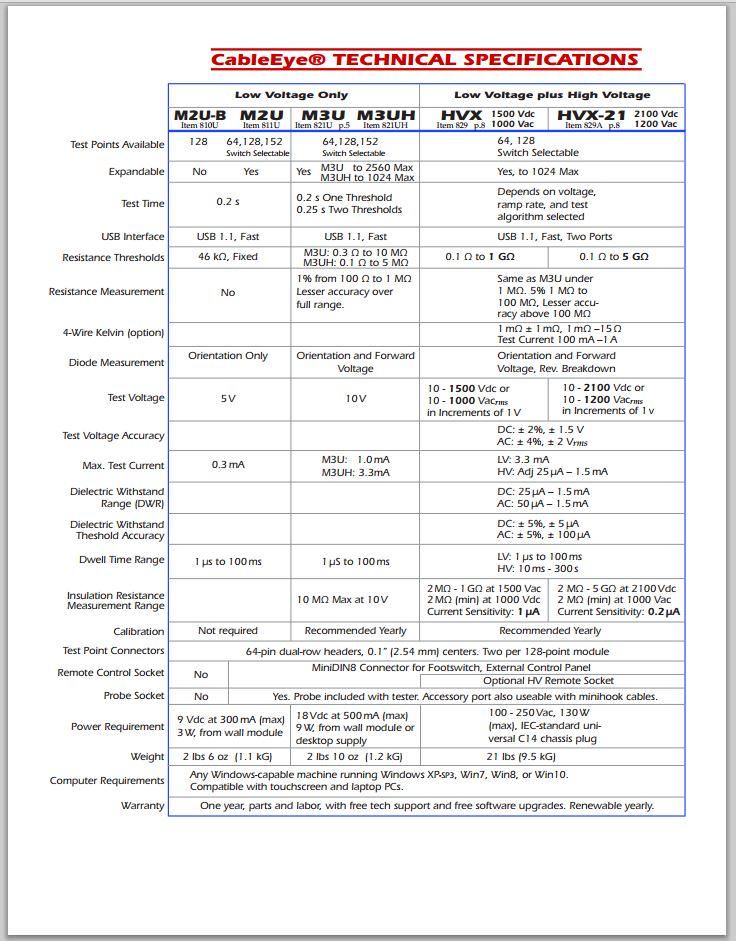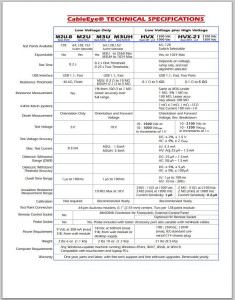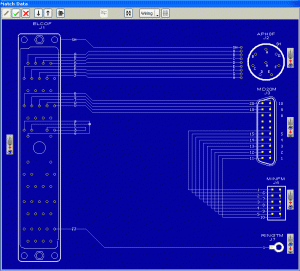Know what you are testing – Insight on real world cable testing
Do you really know what you are testing?
During a recent training session with a customer they reported that a given cable type was failing HiPot testing and they could not understand why.
The cable rating showed it was specified to be good to 600/1000V and the test parameters set to 600Vac/1000Vdc as this was the assumed meaning by the operators, and here is failing no.1
The cable rating of 600/1000V actually means 600V between conductor and shield and 1000V between adjacent conductors!
Failing no.2 is a classic and can be seen throughout the world of Test. Fundamentally the operator was not supposed to be testing the cable itself, this is handled by the cable producer and, at best, by their own goods-in process (though in this case it was not).
So what should they have been testing if not the cable specification? Well, quite simply, they should be testing what THEY have done to the cable which was to fit a connector at each end… nothing more!
Testing the specifications of cable stock on an assembled cable is like testing the grade of steel that a car is made of during an MoT or the strength of a rope when it has a knot in the middle.
This approach is likely to result in a high false-failure rate as it’s highly unlikely that the finished assembly will be the same as the cable specification and will definitely NOT be better.
As well as supplying the CableEye range of cable testers we can provide a consultative test service where you can benefit from the extensive test experience held here. Drop us a line for more details on either. Just use our Contact page or call us on 01243 582555.
If you found this page interesting, please share it with your friends and colleagues.













